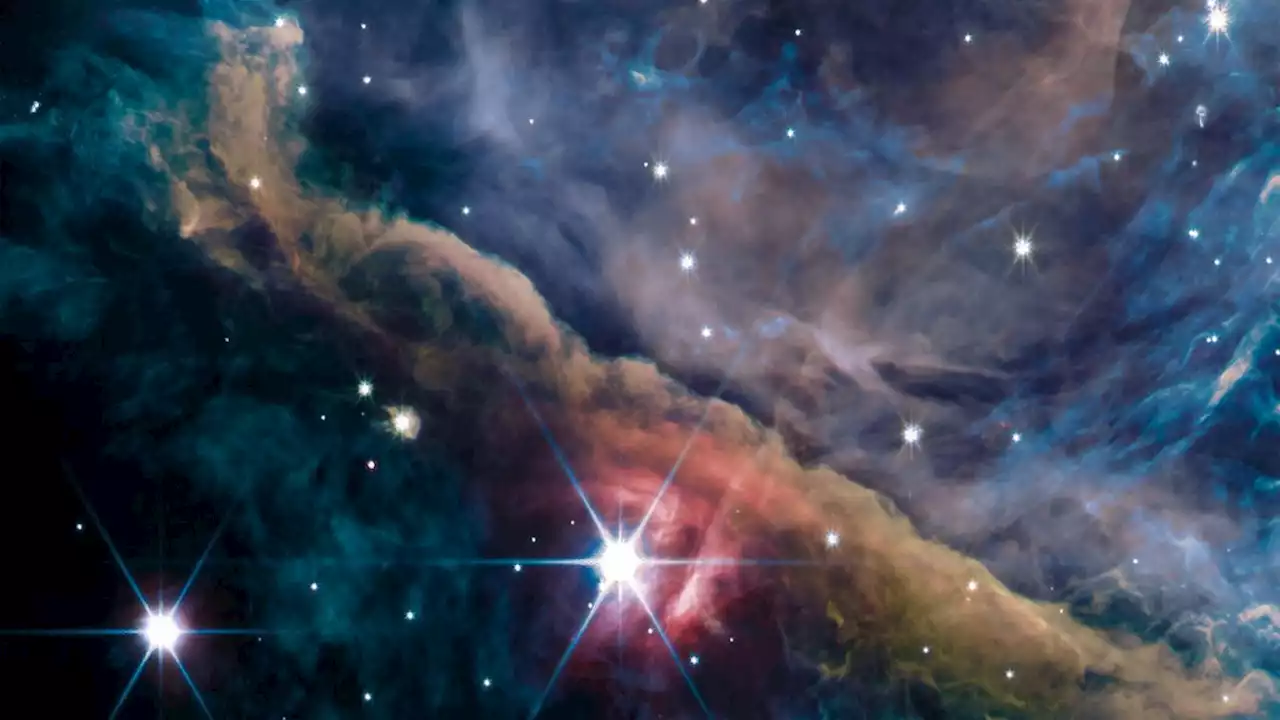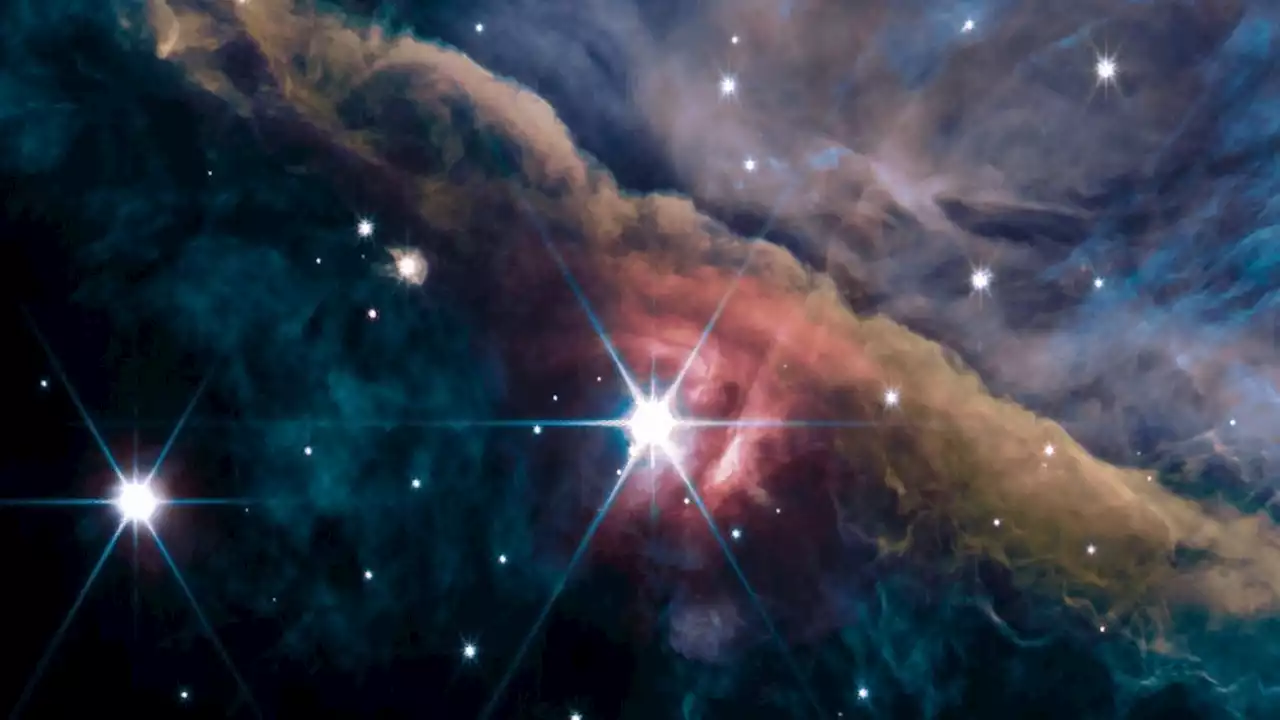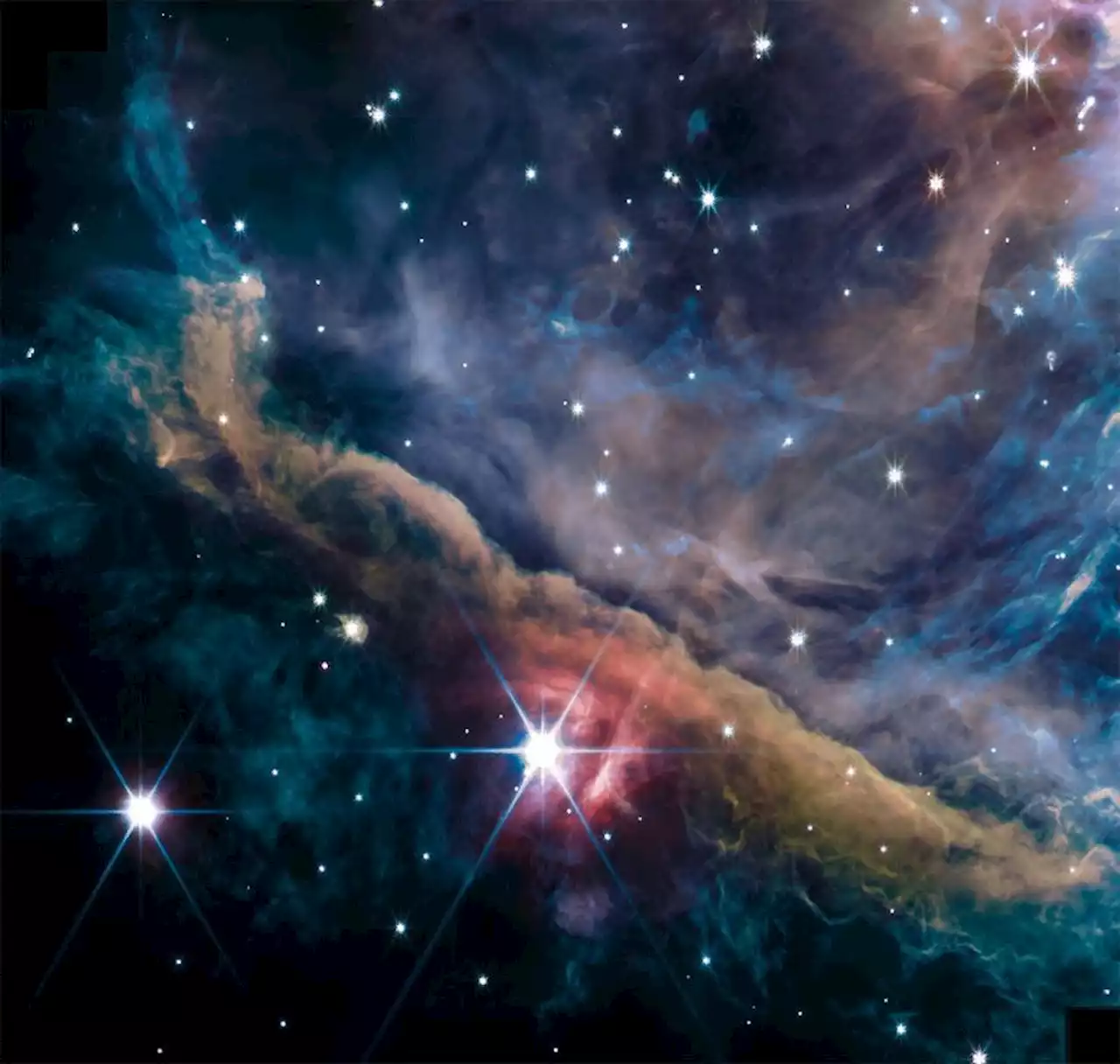The James Webb Space Telescope’s first images of the distant universe shocked astronomers. Is the discovery of unimaginably distant galaxies a mirage, or a revolution?
Rohan Naidu was sitting at home with his girlfriend when he found the galaxy that nearly broke cosmology. As his algorithm dug through early images from the James Webb Space Telescope late one night in July, Naidu shot to attention. It had sifted out an object that, on closer inspection, was inexplicably massive and dated back to just 300 million years after the big bang, older than any galaxy ever seen before. “I called my girlfriend over right away,” says Naidu.
At stake is nothing less than our very understanding of how the orderly universe we know emerged from primordial chaos. JWST’s early revelations could be poised to rewrite the opening chapters of cosmic history, which concern not only distant epochs and faraway galaxies but also our own existence here, in the familiar Milky Way.
After more than two decades of labor at a cost of some $10 billion, JWST finally launched on Christmas Day 2021. By July 2022, the telescope had reached its deep-space destination, and its instruments had been put through their paces; its long-awaited first year of science observations, known as Cycle 1, could begin. A portion of the telescope’s early time was devoted to high-impact programs across a range of disciplines from which data would immediately be made public.
JWST’s discovery of bright galaxies in the early cosmos challenges this model. “We should see lots of these little protogalactic fragments that have not yet merged to make a big galaxy,” says Stacy McGaugh, a cosmologist at Case Western Reserve University in Ohio. “Instead, we’re seeing a few things that are already big galaxies.
Österreich Neuesten Nachrichten, Österreich Schlagzeilen
Similar News:Sie können auch ähnliche Nachrichten wie diese lesen, die wir aus anderen Nachrichtenquellen gesammelt haben.
 James Webb Space Telescope captured photos of a bizarre alien planetJames Webb has observed a brown dwarf just 72 light-years away, discovering sandy clouds within its atmopshere.
James Webb Space Telescope captured photos of a bizarre alien planetJames Webb has observed a brown dwarf just 72 light-years away, discovering sandy clouds within its atmopshere.
Weiterlesen »
 James Webb Space Telescope captures Orion Nebula with 'breathtaking' detailsAn international research team has just revealed the first images of the closest star nursery in the solar system, the Orion Nebula, captured by the James Webb Space Telescope.
James Webb Space Telescope captures Orion Nebula with 'breathtaking' detailsAn international research team has just revealed the first images of the closest star nursery in the solar system, the Orion Nebula, captured by the James Webb Space Telescope.
Weiterlesen »
 James Webb Space Telescope spots baby stars cocooned in the Orion NebulaThe Orion Nebula is one of the brightest star-forming regions visible in the night sky even with the naked eye.
James Webb Space Telescope spots baby stars cocooned in the Orion NebulaThe Orion Nebula is one of the brightest star-forming regions visible in the night sky even with the naked eye.
Weiterlesen »
 The Orion Nebula is more beautiful than ever in newest James Webb imageJames Webb has captured an unimaginable image of the heart of the Orion Nebula, showcasing the celestial spectacle like never before.
The Orion Nebula is more beautiful than ever in newest James Webb imageJames Webb has captured an unimaginable image of the heart of the Orion Nebula, showcasing the celestial spectacle like never before.
Weiterlesen »
 New James Webb telescope images reveal the chaotic beauty of Orion's swordOne of the brightest, closest nebulas to Earth just got its clearest close-up ever.
New James Webb telescope images reveal the chaotic beauty of Orion's swordOne of the brightest, closest nebulas to Earth just got its clearest close-up ever.
Weiterlesen »
 New 'breathtaking' Webb images to reveal the secrets of star birth | CNN'Breathtaking' images of a stellar nursery in the Orion Nebula taken by the James Webb Space Telescope are revealing intricate details about how stars and planetary systems form.
New 'breathtaking' Webb images to reveal the secrets of star birth | CNN'Breathtaking' images of a stellar nursery in the Orion Nebula taken by the James Webb Space Telescope are revealing intricate details about how stars and planetary systems form.
Weiterlesen »
